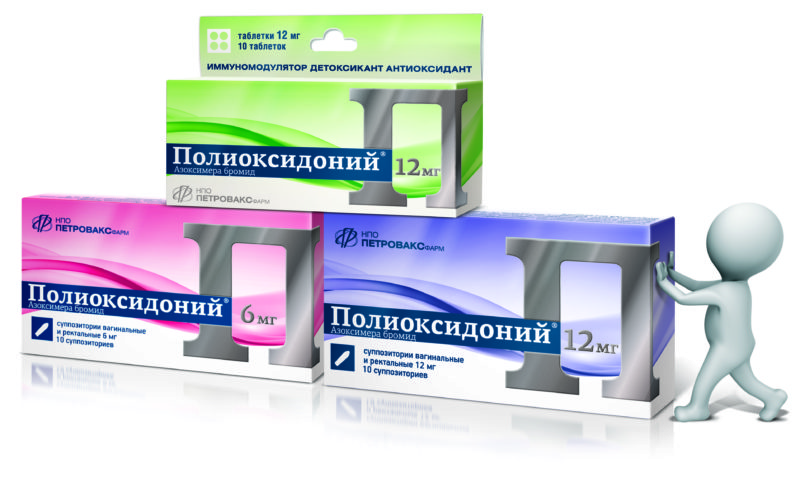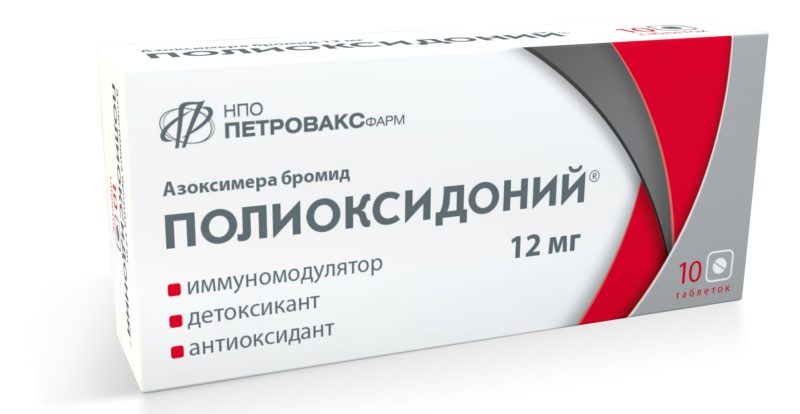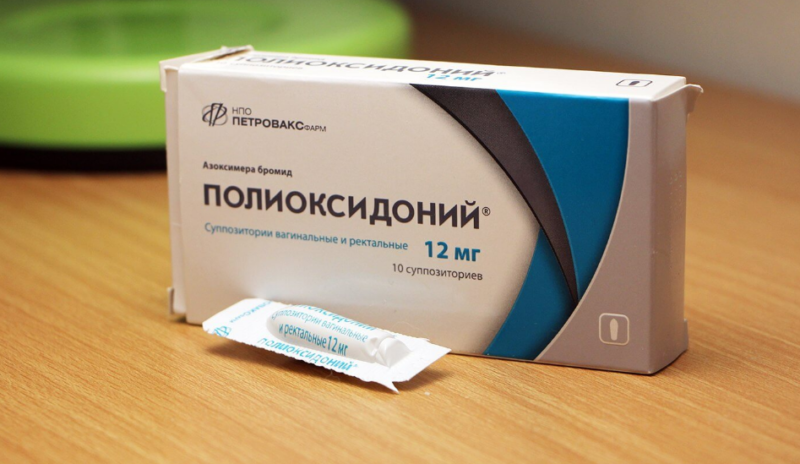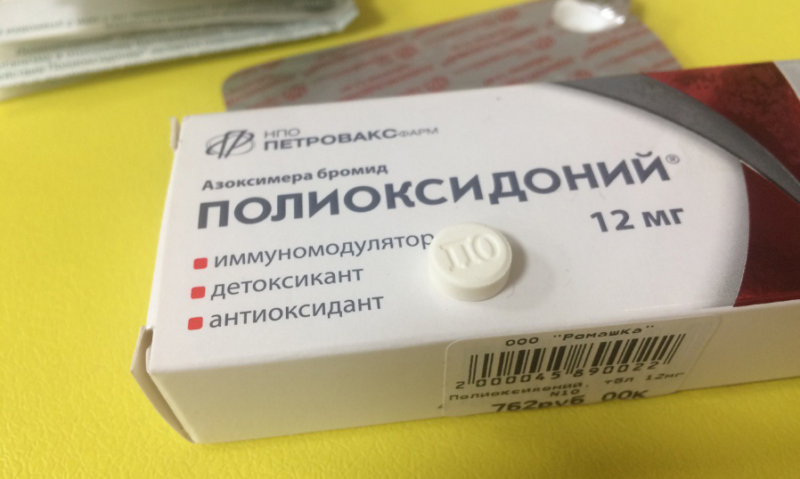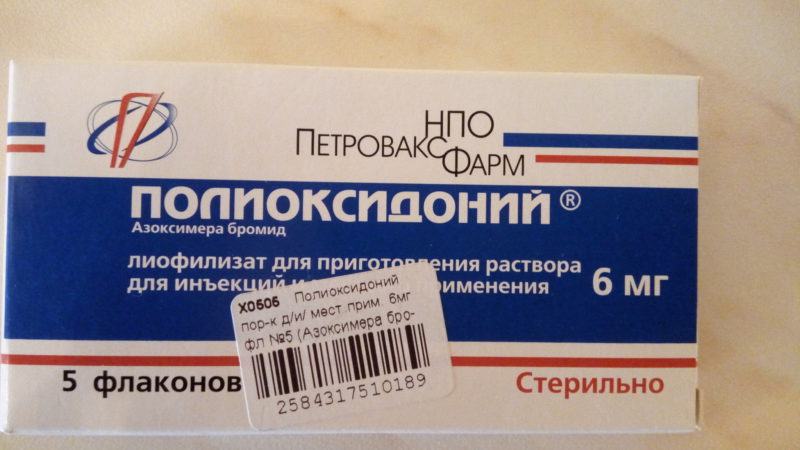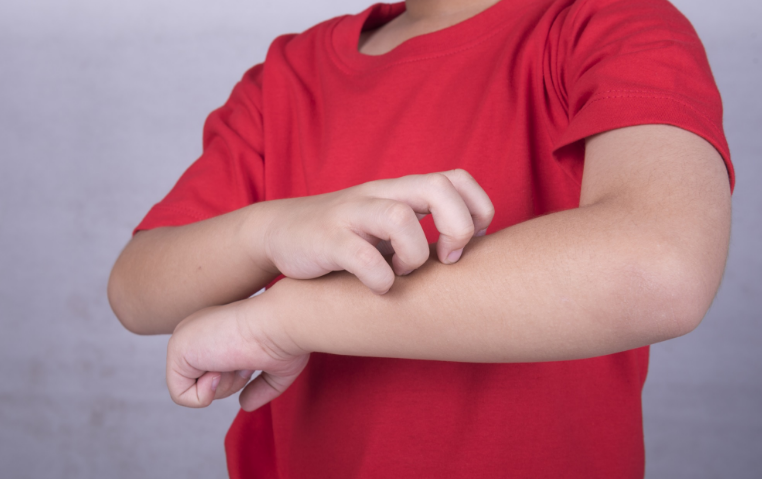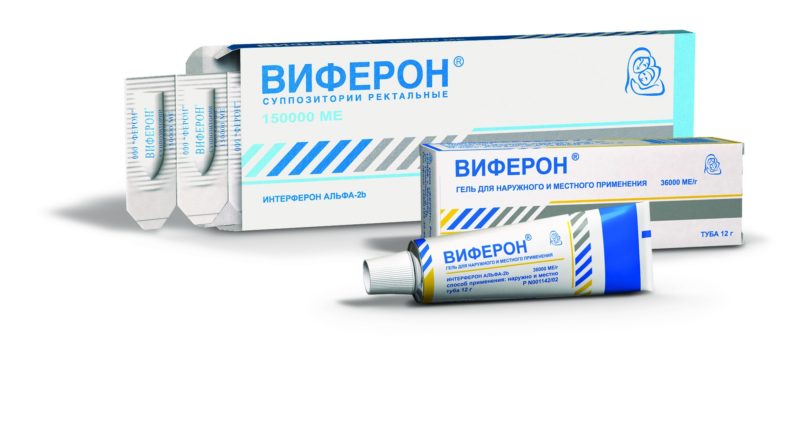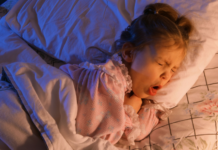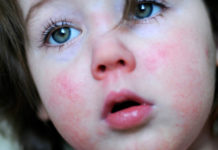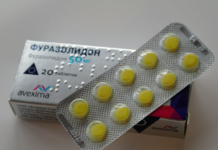Polyoxidonium for children was developed by Russian biochemists and pharmacologists at the Research Center of the Institute of Immunology. The medicine acts comprehensively: it regulates the immune system, inhibits oxidative and inflammatory processes, neutralizes toxins. Polyoxidonium was approved and approved in 1997 and included in the list of essential drugs.
Material Content:
Description of release forms for the child and composition
The main component of Polyoxidonium is the azoximer bromide synthetic polymer. It acts in the following areas:
- activates immune cells phagocytes that recognize and destroy pathogens - viruses, bacteria, fungi;
- stimulates the formation of antibodies to the causative agent of the disease, they are more quickly excreted from the body;
- accelerates the production of interferon, which inhibits the spread of the virus;
- binds and neutralizes toxic substances;
- prevents the destruction of healthy cells;
- regulates the balance of pro-inflammatory and anti-inflammatory mediators.
For children produce three forms of "Polyoxidonium" with different contents of the active substance:
- 12 mg white-yellow tablets are packaged in blisters of 10 pieces and sold in boxes of 10 to 20 tablets each. The composition contains additional components: lactose, povidone, manniton, starch, stearin.
- Candles 6 mg light yellow with a subtle smell. Suppositories are packaged in blisters of 5 pieces, packaged in boxes of 10 candles.The composition includes excipients: povidol, cocoa butter, mannitone.
- Lyophilisate 3 mg - powder in dark glass bubbles with rubber caps fixed with aluminum caps. The powder is diluted in sterile water, saline, then the finished medicine is used for intramuscular injections, intravenous droppers or drops for topical application. The composition of the powder includes two additional components: povidol and manniton.
A lyophilisate in a dosage of 3 mg is allowed to be used from six months, 12 mg tablets - from 3 years, 6 mg suppositories - from 6 years.
Suppositories with an active substance content of 12 mg are available for adults from 18 years. The components of the drug are not deposited in the body, 97% are excreted by the kidneys with urine, the rest with feces. The concentration in the blood of the drug in tablets is halved after 18 hours, in the form of a solution and suppositories - after 36 - 50 hours.
What helps Polyoxidonium
The medicine is prescribed for the treatment and prevention of seasonal viral and bacterial diseases. They include in the complex therapy of infections of the upper respiratory and genitourinary tract, ENT organs, severe allergic manifestations.
"Polyoxidonium" is prescribed for the following diseases:
- ARI;
- ARVI;
- flu;
- rhinitis;
- sinusitis;
- sinusitis;
- tonsillitis;
- bronchitis;
- laryngitis;
- pharyngitis;
- otitis;
- asthma;
- cystitis;
- pyelonephritis;
- atopic dermatitis;
- urethritis;
- intestinal dysbiosis;
- herpes;
- tuberculosis;
- chronic diseases of the ear, throat, nose;
- injuries - burns, severe cuts, fractures;
- malignant neoplasms.
"Polyoxidonium" increases the body's defenses, softens the symptoms of diseases, accelerates recovery, prevents complications. The medicine reduces the likelihood of contracting seasonal colds and viruses by 3 times, and increases the period of remission of chronic pathologies.
Instructions for use for children
"Polyoxidonium" is taken in courses, the scheme depends on the form of the drug, the nature and course of the disease, the age of the child.
Candles "Polyoxidonium" 6 mg
Suppositories are administered to children in the anus once a day after a bowel movement or enema. A single dose from 6 to 18 years - 1 candle.
Treatment regimens are indicated in the table:
| Nature of the disease | Treatment regimen |
|---|---|
| The acute stage of infectious diseases, burns, fractures, injuries. | Daily for 10 to 15 days. |
| Chronic pathologies in the acute stage. | Three days in a row, then every other day. The course consists of 10 to 20 candles. |
| Chronic diseases during remission. | Candles are put in 1 - 2 days, the full course includes 10 - 15 pieces. |
| For the prevention of seasonal acute respiratory infections and acute respiratory viral infections, herpes. | Three days for 1 candle, then another 7 pieces every other day. |
| To strengthen the immunity of children who are sick more often 5 times a year. | 10 - 15 candles are put in a day. |
| Oncology. | Every day 3 days before chemical or radiation therapy, then the doctor determines the scheme. |
| Tuberculosis. | Three consecutive days, then every other day, the minimum quantity is 15 pieces. Then they switch to maintenance treatment: 2 suppositories per week for 3 months. |
A second course is prescribed by the doctor after 3 to 4 months.
Tablets "Polyoxidonium" 12 mg
The drug is slowly resorbed twice a day for half an hour before eating.
A single dose is determined by age:
- children 3 to 10 years old are given half a tablet;
- children and adolescents from 10 years old - for a whole tablet.
The standard course lasts a week, after 4 months it is repeated if necessary. The therapeutic effect of the drug is not reduced.
Drops and injections "Polyoxidonium" 3 mg
The lyophilisate solution is prepared and administered in 3 ways:
- Parenteral - intramuscular injections and intravenous droppers. For injection, add 1 ml of saline or sterile water to the powder, wait 3 minutes before swelling, gently stir. For a dropper, the powder is mixed with 2 ml of 0.9% sodium chloride, then added to a bag of saline.
- The daily dose for a child is 0.1 - 0.15 mg of azoximer bromide per 1 kilogram of weight.In severe infectious diseases, injections are done every other day for a week. With severe manifestations of allergies, severe poisoning, a dropper is placed.
- Intranasal - a solution for instillation into the nose. Add 1 ml of sterile or cool boiled water to the vial with powder, insist 3 minutes, shake it with gentle rotational movements. One drop of the solution contains 0.15 mg of azoximer bromide.
- Sublingual - a solution for instillation under the tongue. The medicine is prepared in the same way as with the intranasal method. The solution is stored in the cold for no longer than a week. Before instillation, the pipette is slightly heated.
The solution in the nose and mouth is used in the same way. In one nasal passage or under the tongue, apply 1-3 drops 2-4 times a day with a time interval of 3 hours. The daily dose is determined by body weight: 1 drop per kilogram. For example, a child weighing 7 kg will need 7 drops, they are distributed in 2 to 4 doses.
The standard course lasts from 5 to 10 days, with dysbiosis - up to 20 days. For preventive purposes, apply up to a month.
Drug interaction
"Polyoxidonium" is allowed to be used simultaneously with the following groups of drugs:
- antibacterial;
- antihistamines;
- antiviral;
- corticosteroids;
- antifungal;
- cytostatics.
Before taking Polyoxidonium, along with other medicines, it is better to consult a doctor.
Contraindications, side effects and overdose
"Polyoxidonium" is taken with caution in the following conditions:
- sensitivity to the components of the drug;
- severe renal failure;
- the drug in tablets is not given to children with hereditary lactose intolerance, impaired absorption of glucose, galactose in the small intestine;
- in case of chronic kidney diseases “Polyoxidonium” is used no more than 2 times a week;
- candles in children with hypersensitivity sometimes cause itching, redness, swelling around the anus, in which case they switch to another form of medication;
- painful compaction sometimes occurs at the injection site; in isolated cases, the temperature rises.
When signs of allergy appear, the drug is canceled.
If you accidentally skip taking the medicine, you do not increase the single dose; treatment is continued according to the same scheme. Symptoms of an overdose were not detected.
Analogs Polyoxidonium
There are no substitutes for the active ingredient, but pharmaceuticals with a similar therapeutic effect are produced.
For children, the following immunomodulators are allowed:
- Viferon is produced by a Russian company in the form of suppositories and ointments for application to the mucous membranes of the mouth and nose. The main active ingredient is human recombinant interferon, additional components are tocopherol, vitamin C, cocoa butter. The drug is used to treat inflammatory diseases of infectious etiology in children from birth, is included in the treatment of meningitis, influenza, viral hepatitis, pneumonia. The only contraindication is individual intolerance to the components.
- “Galavit” in the form of injections and suppositories is prescribed for children from 6 years old, sublingual tablets - from 12 years old. The medicine is used for diseases of ENT organs, infectious bowel disorders, papilloma virus, influenza, hepatitis, burns, furunculosis, peritonitis, frequent acute respiratory infections and acute respiratory viral infections.
- "Imunofan" is used in the treatment of children from 2 years in the form of candles. The medicine is prescribed in the treatment of diphtheria, psoriasis, hepatitis B, C, to increase the protective forces during seasonal acute respiratory infections, flu.
- Wobenzym is a German universal immunomodulator with anti-inflammatory effect. The drug is created on the basis of natural enzymes of animal and plant origin. The tool is included in the complex treatment of diseases of the respiratory tract, dermatitis, inflammation of the genitourinary organs, pancreatitis. Children are allowed from 5 years, the dosage is calculated by weight.
- "Amiksin" is prescribed from 7 years in the form of tablets. The active substance tyrolone stimulates the production of interferon, slows the spread of the virus.
- “Immunal” is produced in Slovenia based on echinacea juice. This plant enhances protective properties, stimulates phagocytosis, and inhibits the spread of the pathogen. For children from 1 year old, the medicine is released in the form of a solution for oral administration, from 4 years old - in the form of tablets. The drug has many contraindications: asthma, tuberculosis, leukemia, autoimmune and systemic pathologies.
"Polyoxidonium" is sold in pharmacies without a prescription, but only the doctor determines the exact dosage and duration of the course.


